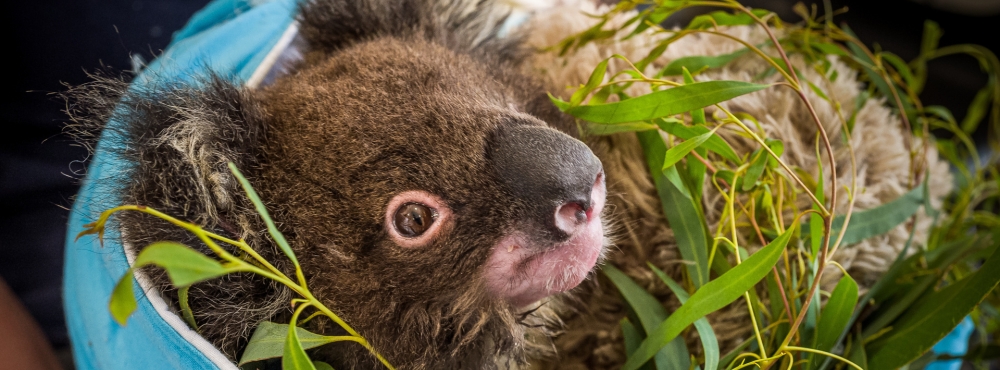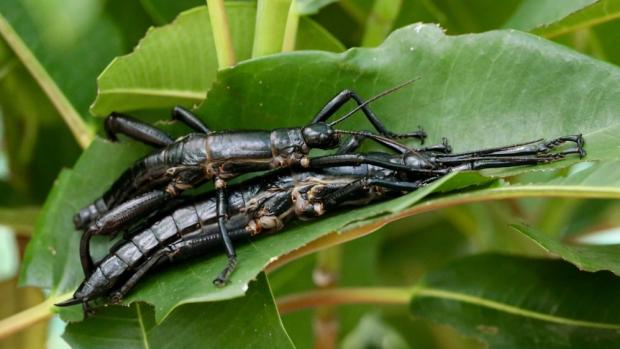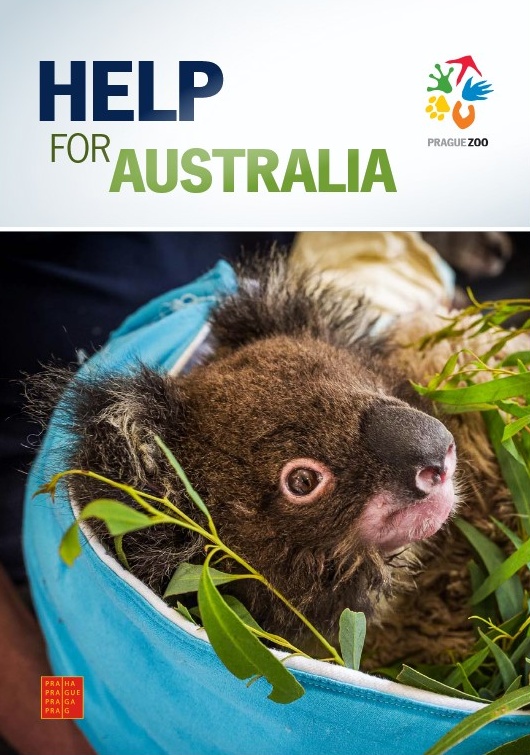Lord Howe island stick insect

The Lord Howe Island stick insect—reaching up to 15 cm in length—is the largest flightless insect on our planet. Once believed to be extinct, this remarkable species is now “back from the dead”, and Prague Zoo is helping to save it.
 Photo: Rohan Cleave, Zoos Victoria
Photo: Rohan Cleave, Zoos Victoria
These stick insects were once common residents of Lord Howe Island—a volcanic island in the Tasman Sea, renowned for its natural beauty and biodiversity and listed as a UNESCO World Heritage Site. But disaster struck in 1918 when a steamer ran aground near the island, releasing rats that quickly infested the ecosystem. Within just two years, the rodents had wiped out all the stick insects and soon after caused the extinction of five endemic bird species or subspecies.
From then until the 1960s, no Lord Howe Island stick insects were seen in the wild. But in 1964, a team of climbers discovered a dead specimen on Ball’s Pyramid—the world’s tallest sea stack, located about 20 km from Lord Howe Island. It took several more decades before, in 2001, a tiny living colony was found beneath a lone tea tree (Melaleuca) on Ball’s Pyramid.
In 2003, conservationists travelled to Ball’s Pyramid to collect four individuals as the foundation for a captive breeding programme. Two of them were entrusted to Melbourne Zoo, where through tremendous effort a breeding colony was successfully established. This group became the cornerstone for the species’ conservation in human care. In 2017, a new female was added from the wild colony on Ball’s Pyramid to help boost genetic diversity.
Now, the time has come to consider returning these stick insects to their native habitat. In 2019, a large-scale rat eradication effort was carried out on Lord Howe Island. In the years since, conservationists have monitored the ecosystem to determine whether the rats have truly been eliminated. The plans to reintroduce the stick insects also involve genetic research to determine the best breeding strategies for maintaining genetic diversity and guiding the eventual reintroduction. Prague Zoo is providing financial support for this important research.
Since 2025, these extraordinary insects are on display in the Prague Zoo’s new Ball’s Pyramid exhibit. To learn more about them, click here.
Our help
Supported organisation and institution/location:
- Zoos Victoria – Melbourne Zoo
Amount:
- AU$ 66,229
Further reading
A Unique Insect at Prague Zoo!
How a Pyramid Is Built. Ball’s Pyramid
ZOOPRAHA.CZ
Contacts
- The Prague zoological garden
U Trojskeho zamku 120/3
171 00 Praha 7
Phone.: (+420) 296 112 230 (public relations department)
e-mail: zoopraha@zoopraha.cz
Others









